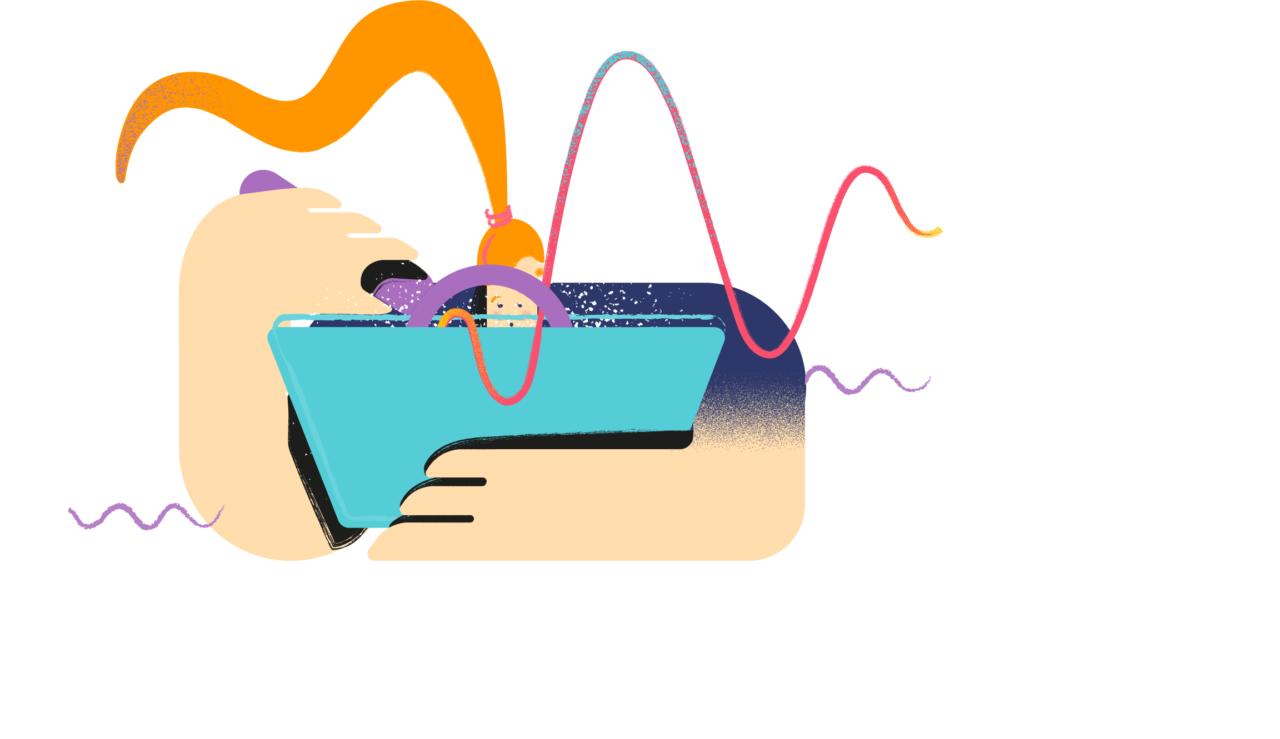From the latest creative trends to tracking challenges, ASO and experiences with influencer marketing, App Promotion Summit London was filled with insightful talks, panel discussions and presentations from different players in the mobile app industry. Marketers, service providers, product experts and many more presented their views on where the industry is heading and what is in store for the future.
In this blog, we summarize the most interesting takeaways to help you guide your user acquisition strategy this year and beyond.
Industry insights
The good news is that the app business is booming. There are more and more app companies generating millions of dollars in revenue. The biggest players are already running marketing budgets of dozens or even hundreds of millions of dollars. While this success fuels ever stronger ecosystem growth, the market is also becoming more crowded and competitive. In 2021 alone, over 2 million new apps were published. This means that ensuring an app is discovered, succeeds and stays relevant is harder then ever.
In the keynote from Data.ai, it was mentioned that in terms of in-app revenue, gaming is still the king of the hill – especially on Android. This is also reflected in marketing budgets: 70% of apps with a budget over $100M are from the gaming sector. In-app revenue from non-gaming apps is also growing rapidly especially in entertainment, house and home as well as news and magazines categories.
The growth in revenue and marketing budgets means competition is getting more fierce, especially in the most established marketing channels. Facing ever-increasing competition, acquisition managers will need to constantly improve performance. They will also need to unlock and scale new channels like creator marketing alongside staples such as Google search ads or Facebook and Instagram.
Tracking restrictions
Apple’s tracking restrictions, introduced in iOS 14, have started to impact the industry more and more. In a panel discussion about user acquisition on iOS 15 and beyond, the panelists pointed out that advertising CPMs on Android have already started to increase as people have shifted budgets there. However, this is likely to be a temporary fix as Google has announced that it will start phasing out third party cookies next year.
This will also put even further emphasis on first party data in the future. App advertisers will need to start using more sophisticated modeling and potentially even multiple sources of truth (such as internal models vs. MMP data) to better understand the true impact of their advertising efforts.
The current and future targeting restrictions mean that tracking post-install behavior such as in-app purchases becomes increasingly difficult. Retargeting is also much harder as you are no longer available to target people based on past behaviors as reliably as before. This increased level of privacy will not be going away so other measures need to be taken to effectively engage new and existing users in the future.
Advertisers are already addressing this by moving to more general targeting and changing creative to address both new and existing users together. In fact, ad creatives are increasingly becoming the most important performance lever in an advertiser’s toolkit.
Creative trends

There were several key creative trends highlighted. Most importantly, several talks emphasized that deep understanding of users’ motivations and behavior and tying the creatives around these themes is working extremely well.
In order to create effective advertising meeting these needs, you should be able to answer the following questions:
- Why are users using your app? What are the problems they are trying to solve?
- Which features are used the most? What aspects or capabilities emerge from analytics and reviews for example.
- What is great about the app right now? Why would a person who previously uninstalled or decided not to download the app install it this time.
- Which creative elements and concepts work and on which platforms? What kind of content can I use or repurpose from one channel to the next?
Once you know the answers to these questions, you can start leveraging it in your creatives. Several advertisers highlighted that using real in-app footage about the most popular features (not mockups or custom animation) is currently performing great. On a higher level, video in general is becoming the prevalent and most successful format (vs. static images).
For apps that have been around for a longer time, highlighting new features and updates also tends to perform great and can be used successfully to re-convert previous users.
As mentioned in the Future of App Growth panel, another format that is seeing success is tutorial content. This works especially when partnering with creators who can show how your app is actually used by a real user – rather than a company representative or an impersonal animation without a real user. Showing real users is part of a broader trend where app (and other) advertisers are seeing an increasing need for authenticity.
With a more and more crowded app market, potential users are increasingly turning to sources they find trustworthy when deciding which new apps to try and spend money on. Examples of content that matches this behavior include reviews, creator collaborations on YouTube or TikTok, and increasingly using user-generated content in ad creatives.
What role will creator marketing play in acquisition in 2022 and beyond?
All of the trends discussed above paint a positive picture of the future of creator marketing. With an increasing need for authentic content, tracking restrictions hindering targeting strategies such as using lookalikes, and ever-increasing budgets being spent especially on Google, Facebook and Instagram, the need for new, scalable channels is at an all time high.
Creator marketing can address these challenges for several reasons:
- Creators are highly authentic, have highly-engaged viewers interested in specific topics, and their recommendations are important to the audience.
- Their viewers can be efficiently retargeted by rehiring the same creator.
- Excluding the biggest names, the creator space is far less competitive compared to e.g. Facebook ads.
- Working with numerous smaller creators allows for efficient scaling and testing.
However, challenges still remain. While some advertisers such as Reface mentioned in their session that influencers have worked great, many advertisers are still struggling to manage the process at sufficient scale. As budgets are growing larger and there is a need for consistent results, working with creators quickly becomes a numbers game where you need to reach dozens or even hundreds of creators on a recurring basis.
Handling creator marketing at scale requires considerable personnel resources or working with numerous agencies. This quickly increases costs and makes the channel’s total return lower. In paid advertising this increased scale and need for performance has already been solved. Large advertisers employ efficient automation from the ad platforms and numerous adtech companies.
We will certainly see the most successful advertisers adopting similar technologies and working with technology-focused partners in the influencer space as well. This is where platforms such as Matchmade come in. They can automatically handle processes such as finding creators, making contracts, handling payout, and reporting on campaign results. This will reduce the overhead spent on manual tasks, allowing influencer marketers to focus on activities such as strategy and planning.




